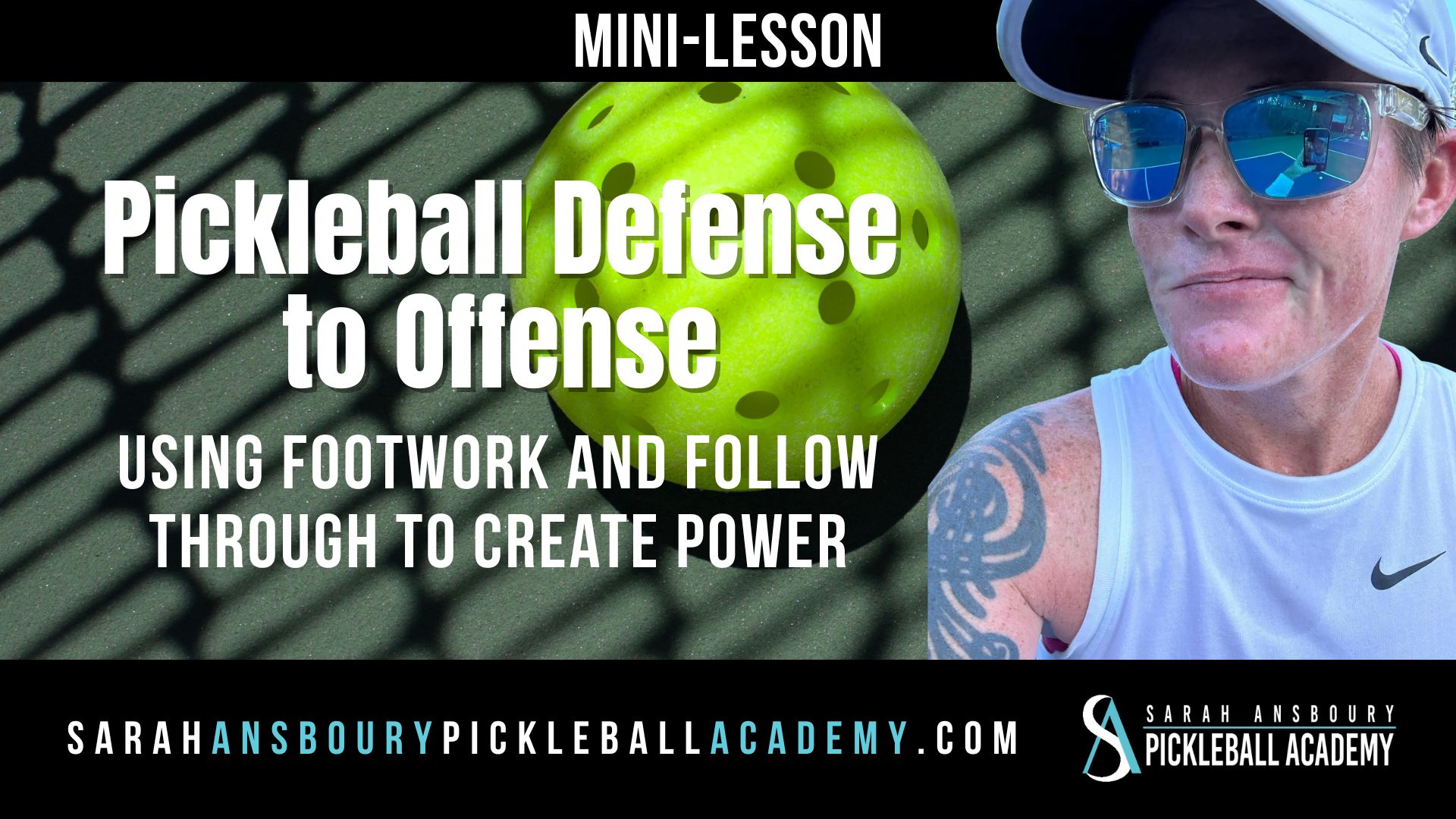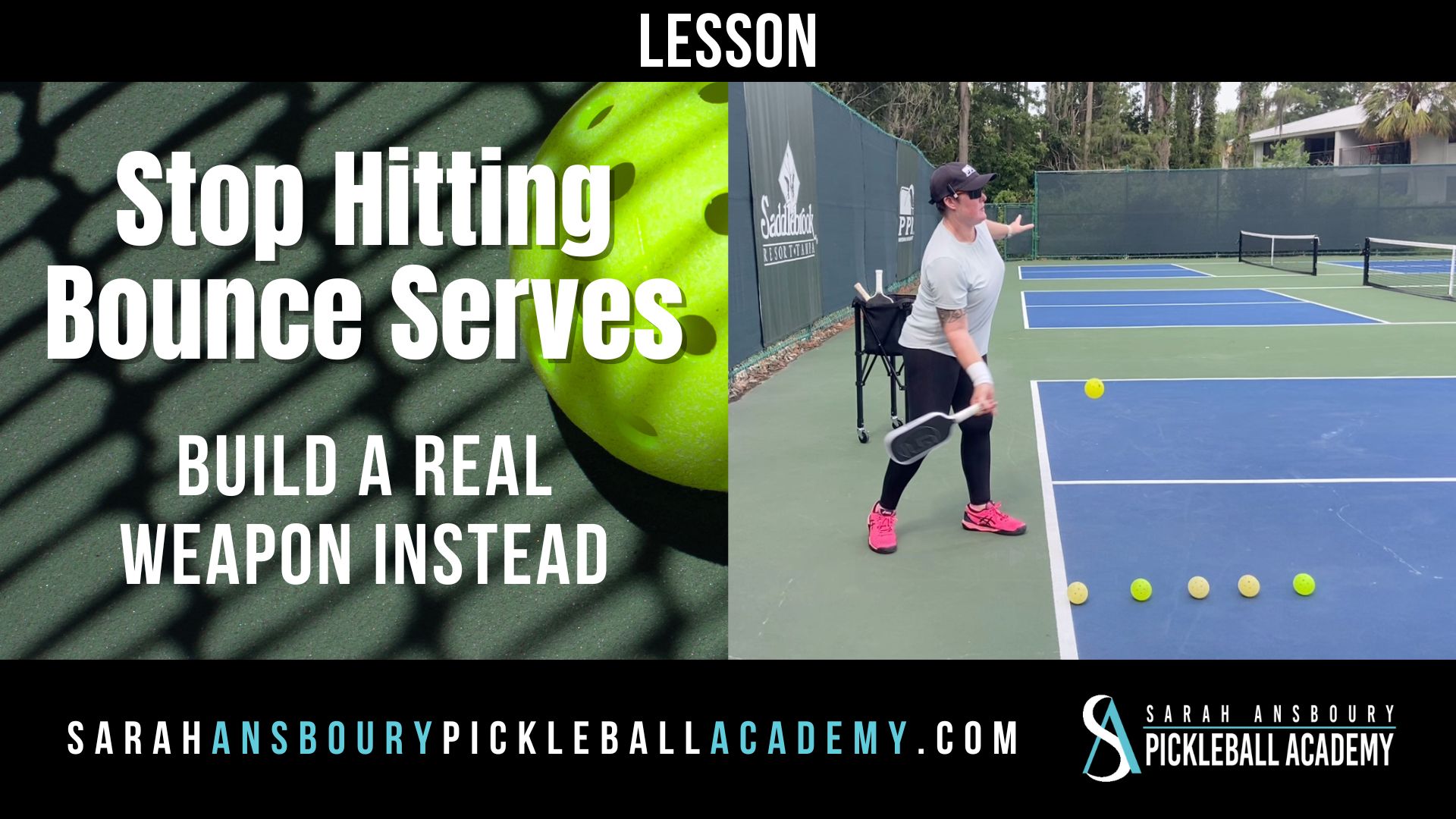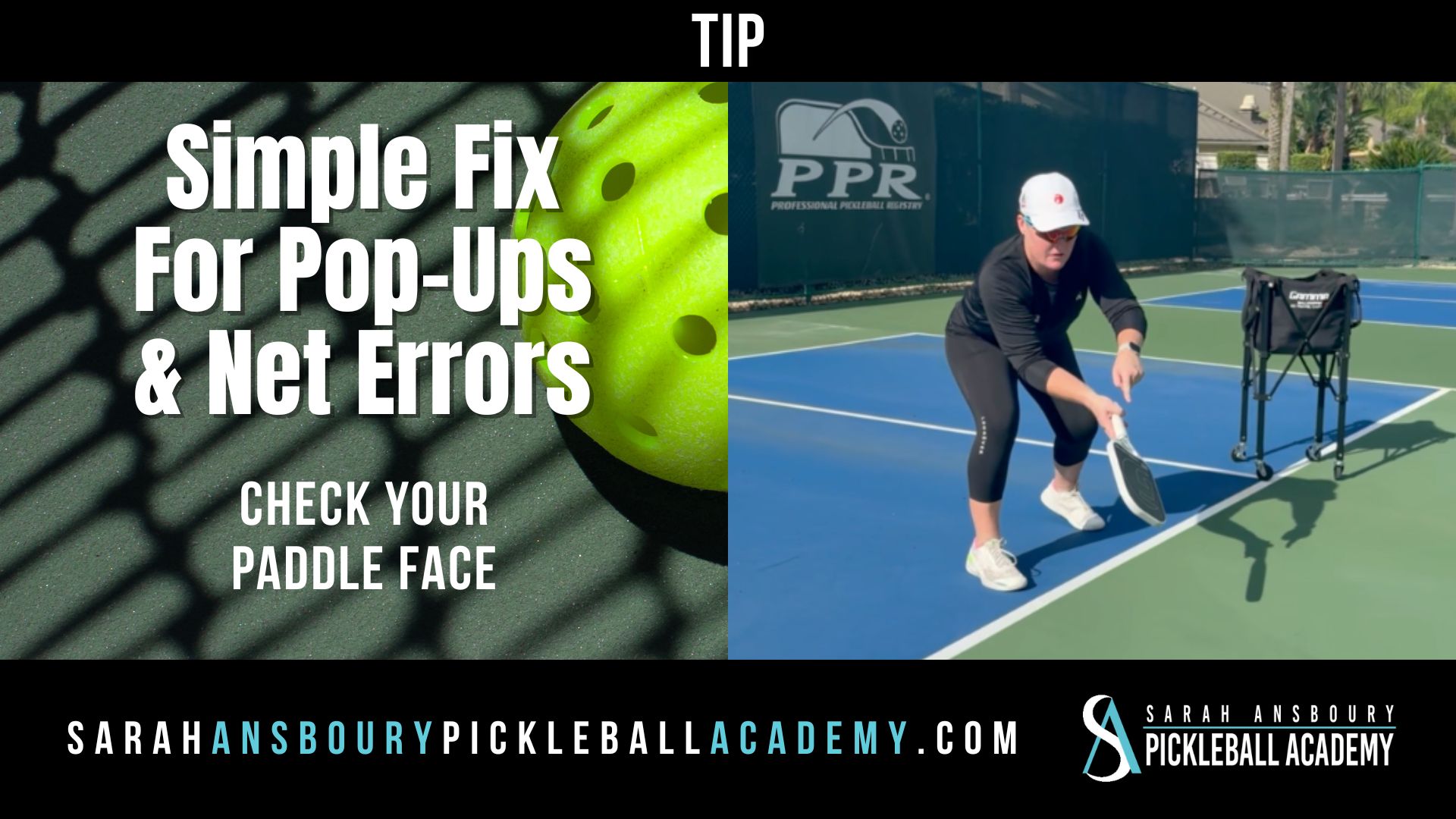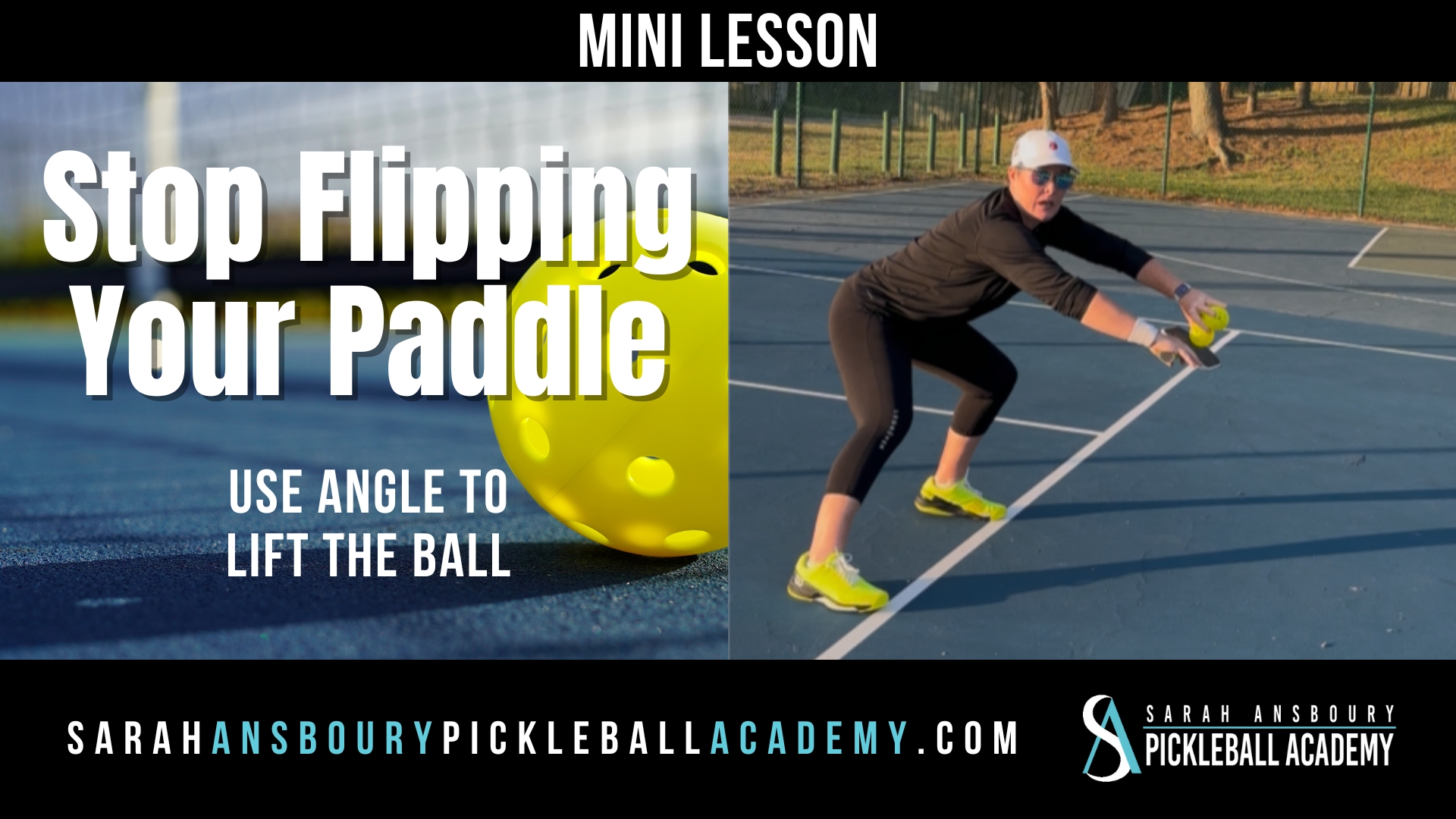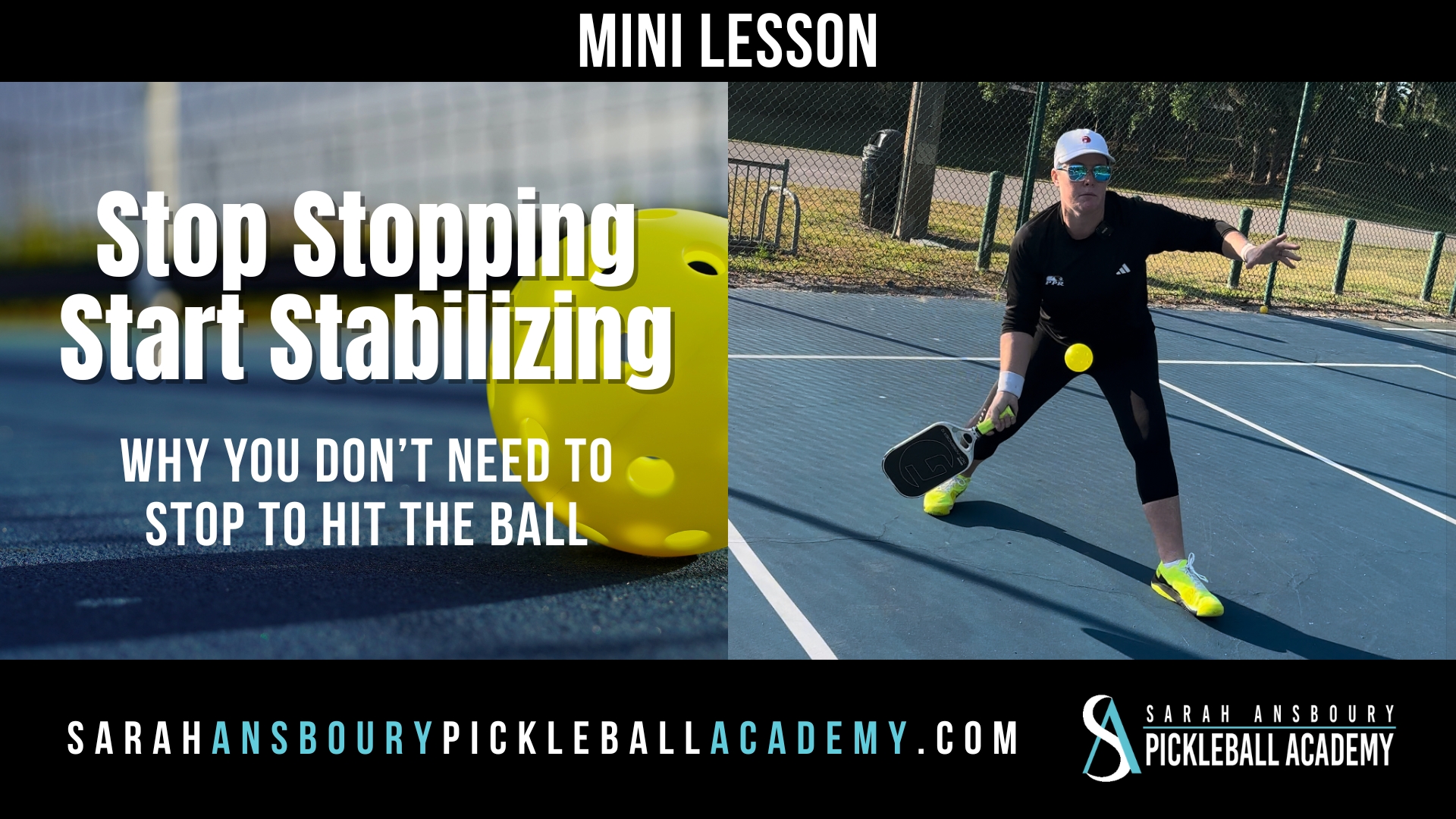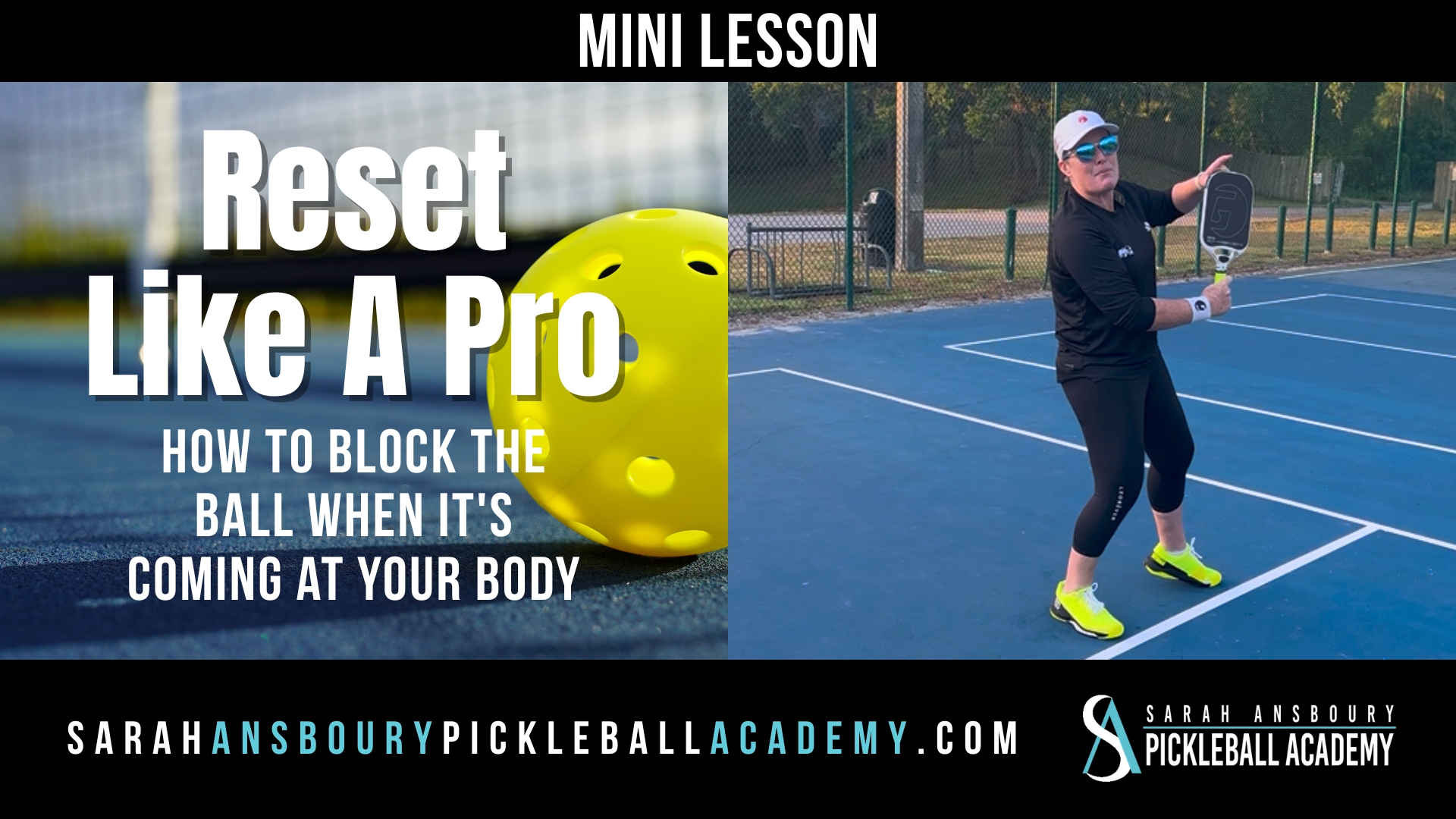Often when I am coaching someone I will see them attack and miss. Their immediate response is, “I know I need to be more patient.” In many cases they recognized the right ball to attack…they just made an error.
Why we Dink
If you have ever watched me play a doubles match, especially mixed doubles, you will see some rallies last a VERY long time. It is hard to see exactly what we are doing unless you really study the video. The fact is we are dinking in hopes of creating an opportunity to attack.
On a few occasions, this will occur simply because the person on the other side of the net gets tired or bored and loses focus. More often than not, however, it is because we caused an off-balance or less than ideal situation for them to return the shot. Most often we have knocked them on their heels or caused them to reach just a bit too far.
The Banger Dilemma
 I have heard people criticize other players for banging too much. Of course, people enjoy different styles of play and there is nothing in the rule book that requires a third shot drop and long dinking rally on every point. Perhaps these people have had more success banging. They may not have learned to dink effectively, and as such have not been rewarded when dinking. I wouldn’t expect them to continue to try a strategy at which they only fail. Would you?
I have heard people criticize other players for banging too much. Of course, people enjoy different styles of play and there is nothing in the rule book that requires a third shot drop and long dinking rally on every point. Perhaps these people have had more success banging. They may not have learned to dink effectively, and as such have not been rewarded when dinking. I wouldn’t expect them to continue to try a strategy at which they only fail. Would you?
Recognizing the Right Ball is the Hard Part
Drilling and practice are so important to recognizing the right ball to attack.
- First, we need to practice moving our dinks in a way that creates the “mistake” which we can attack. To do this, we need to dink purposefully. Being very conscious of moving the player from side to side, or pushing them back from the line. Aiming for their backhand heel is often effective. Sometimes this will take 20 dinks. Sometimes it will only take 2 shots. But we need to practice so we can recognize what works and improve our ability to repeat that shot in the future.
- We also need to practice, recognizing the ball that is ripe for attack. When you see that ball, keep my pickleball mantra in mind. Breathe…Balance….Believe. Many mistakes are made because we get so excited we hold our breath or hurry through the shot. We may tense up, in part because we don’t believe in ourselves.
No Easy or Right Way
I understand what I suggesting is not easy. It takes time and a great deal of analysis. We dink to allow us the opportunity and times to do something offensive, but knowing what this is for you is key. Each player is an individual. Some players will favor the soft game and some the hard. Neither is right or wrong. Just different. Take time to analyze what shots work best for you.


